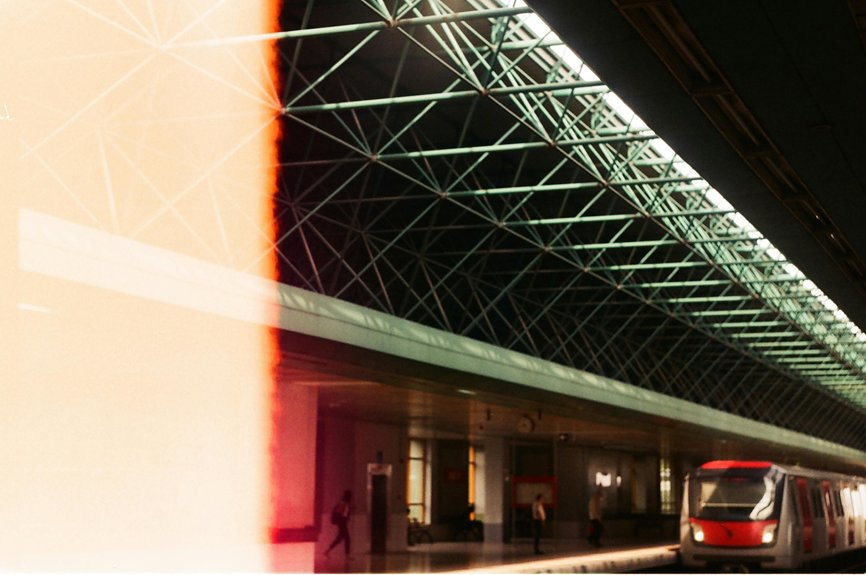If you own a home in Del City, understanding what causes roof leaks is essential to protecting your investment. Damaged shingles, blocked gutters, and improper flashing installation are frequent culprits that compromise your roof’s waterproof barrier. Additionally, ice dams and aging materials can silently worsen the situation. Identifying these issues early helps you avoid costly repairs, but pinpointing the exact cause requires careful inspection and knowledge of local conditions.
Damaged or Missing Shingles
Shingles serve as the primary barrier against water infiltration, so damaged or missing shingles greatly increase the risk of roof leaks.
When you inspect your roof, look for signs of shingle deterioration such as curling, cracking, or granule loss. These issues compromise the shingles’ ability to repel water effectively.
Storm damage frequently accelerates this deterioration, causing shingles to loosen, break, or blow off entirely. You must address these vulnerabilities promptly to prevent water from penetrating the underlying roofing layers.
Ignoring damaged or missing shingles allows moisture to seep into the roof deck, which can lead to rot, mold growth, and structural damage.
Regular inspection after severe weather and timely replacement of compromised shingles will help maintain your roof’s integrity and protect your home from leaks.
If you suspect damage, contacting Top View Roofing for a free inspection can ensure timely and professional assessment.
Clogged or Broken Gutters
When gutters become clogged or damaged, they can’t channel water away from your roof effectively, increasing the risk of leaks and water damage.
You need to inspect gutters regularly for debris buildup like leaves or twigs, which block water flow and cause overflow. Broken gutters with cracks or loose joints compromise drainage, allowing water to pool near your roofline.
Implement gutter maintenance tips such as cleaning gutters biannually and ensuring downspouts are clear to prevent blockages. If you spot damage, prompt gutter repair solutions like sealing cracks or replacing sections are essential to restore proper function.
Neglecting these tasks can lead to water infiltration under shingles and structural damage, making gutter upkeep a critical step in preserving your roof’s integrity.
Poor Roof Flashing Installation
Although roof flashing is a small component, improper installation can lead to significant water infiltration and damage. You must verify the flashing materials are compatible with your roofing system and correctly sealed.
Using substandard materials or neglecting to overlap flashing properly creates vulnerable points for leaks. Pay close attention to installation techniques—flashing should be tightly integrated with shingles and roofing underlayment, with all joints securely fastened and sealed.
Poorly installed flashing around chimneys, vents, or valleys often causes water to bypass defenses, leading to interior damage. To prevent leaks, follow manufacturer guidelines precisely and consider professional installation.
Ice Dams and Snow Buildup
If ice dams form along your roof edges, they can trap melting snow and cause water to seep beneath shingles, leading to leaks and structural damage.
Ice dams develop when heat escapes from your home, warming the roof and melting snow unevenly. Water then refreezes at the colder eaves, creating a barrier that blocks runoff.
To prevent this, focus on effective ice dam prevention by improving attic insulation and ventilation, which maintains consistent roof temperatures.
Additionally, timely snow removal is critical—use a roof rake to clear snow safely without damaging shingles. Avoid climbing on the roof yourself, as improper techniques can worsen damage.
Regular maintenance and monitoring during winter months help you detect buildup early and protect your roof from costly leaks caused by ice dams and snow accumulation.
Aging Roofing Materials
As roofing materials age, they lose their resilience and protective qualities, increasing the risk of leaks and structural issues.
You need to understand that every roofing material has a defined material lifespan, which varies depending on the type—such as asphalt shingles, metal, or tile.
Over time, exposure to UV rays, moisture, and temperature fluctuations degrades the material’s integrity.
Without proactive roof maintenance, small cracks, curling, or granule loss can accelerate deterioration.
Regular inspections help you identify aging signs early, enabling timely repairs or replacement before leaks develop.
Neglecting these steps compromises your roof’s waterproof barrier, allowing water infiltration that damages underlying structures.
Prioritizing roof maintenance aligned with material lifespan guarantees you sustain your roof’s durability and protect your property efficiently.
Conclusion
To prevent roof leaks in Del City, you need to regularly inspect and maintain your roof, focusing on damaged shingles, clogged gutters, faulty flashing, ice dams, and aging materials. Addressing these issues promptly guarantees your roof’s water protection remains uncompromised, avoiding costly repairs and structural damage. Stay proactive with detailed assessments and timely fixes to maintain the integrity and longevity of your roofing system under local weather conditions. For more information on how to schedule your free roof inspection, call us at (405) 543-2920 or visit us online at Top View Roofing.











